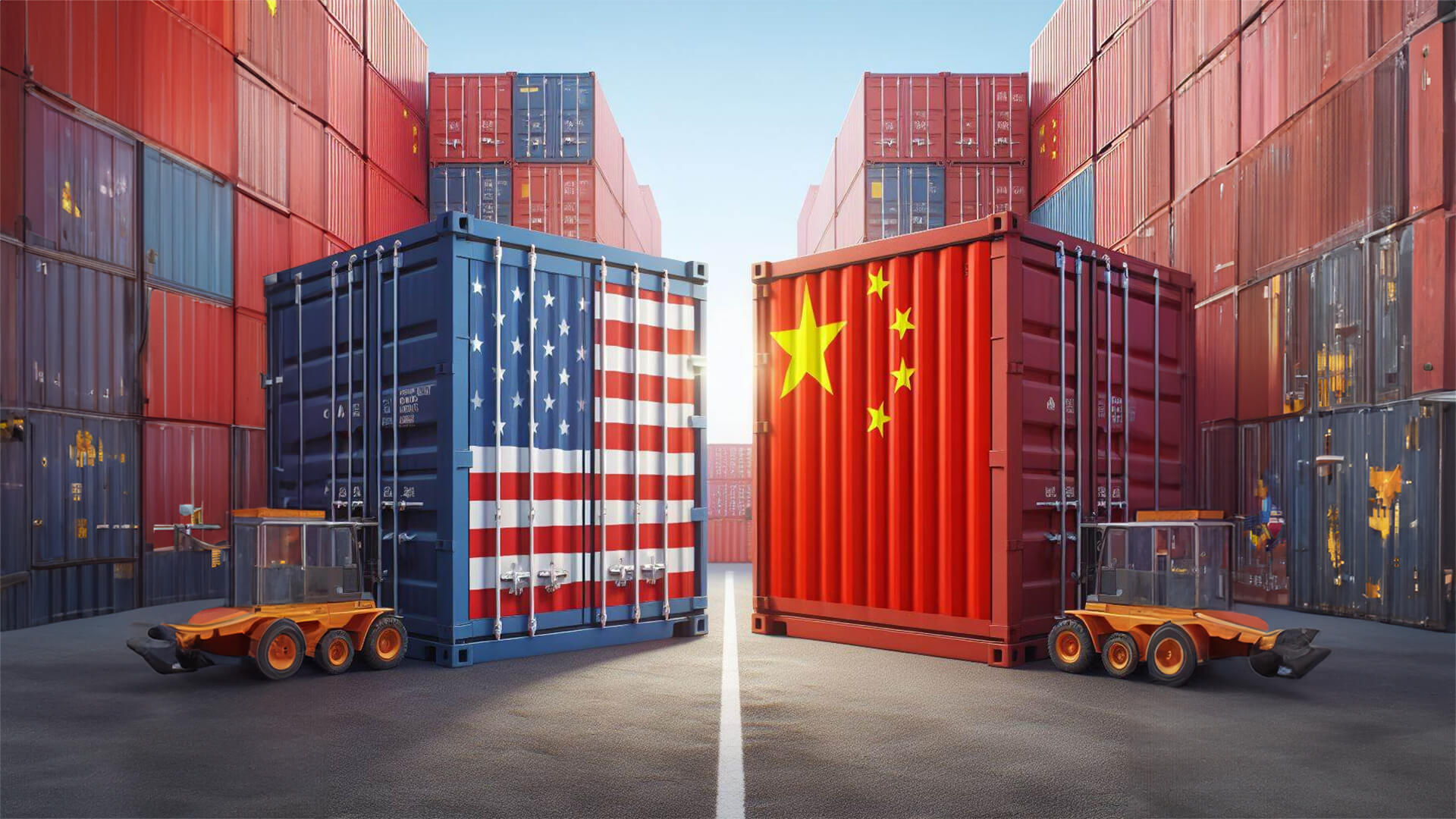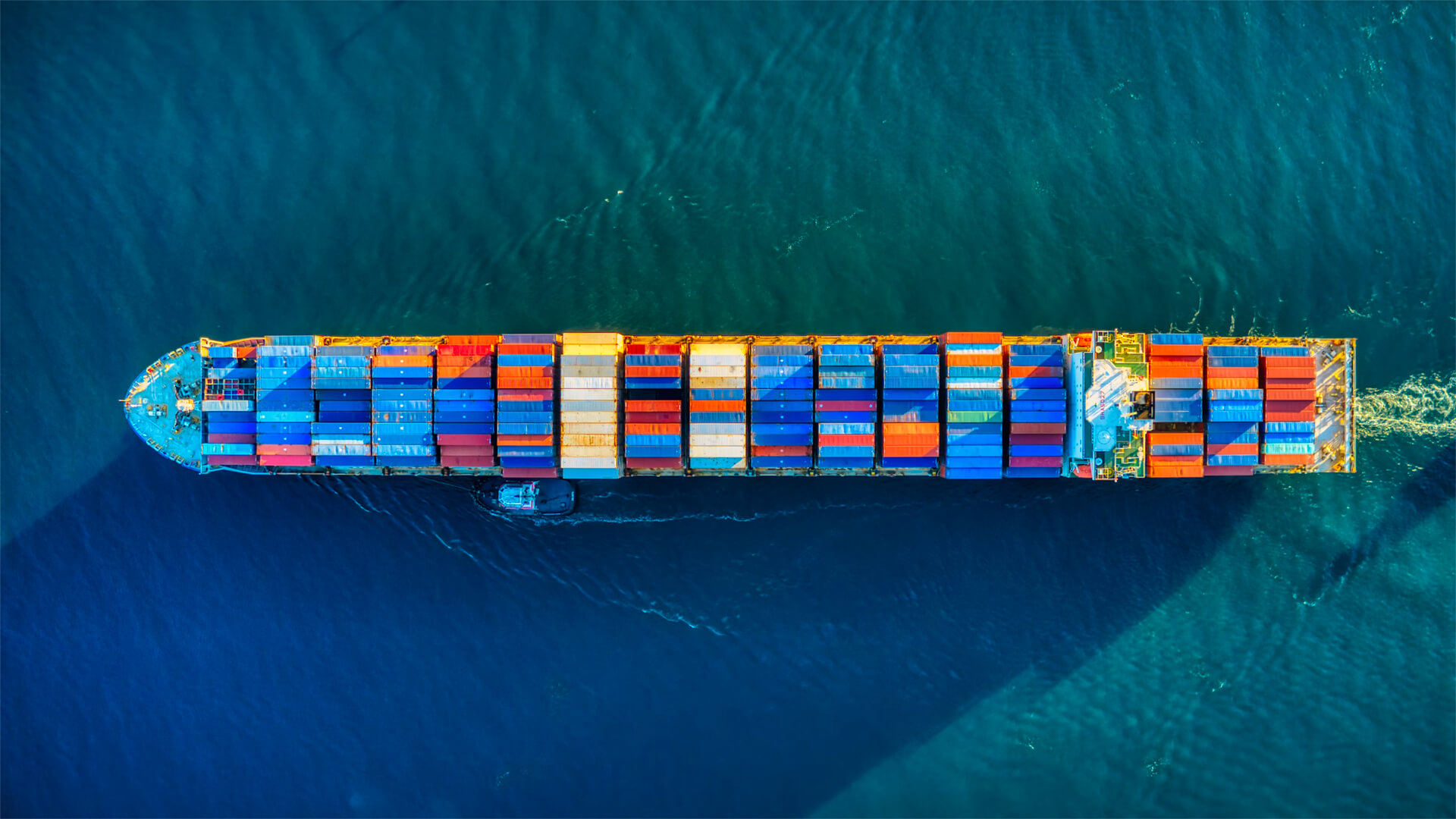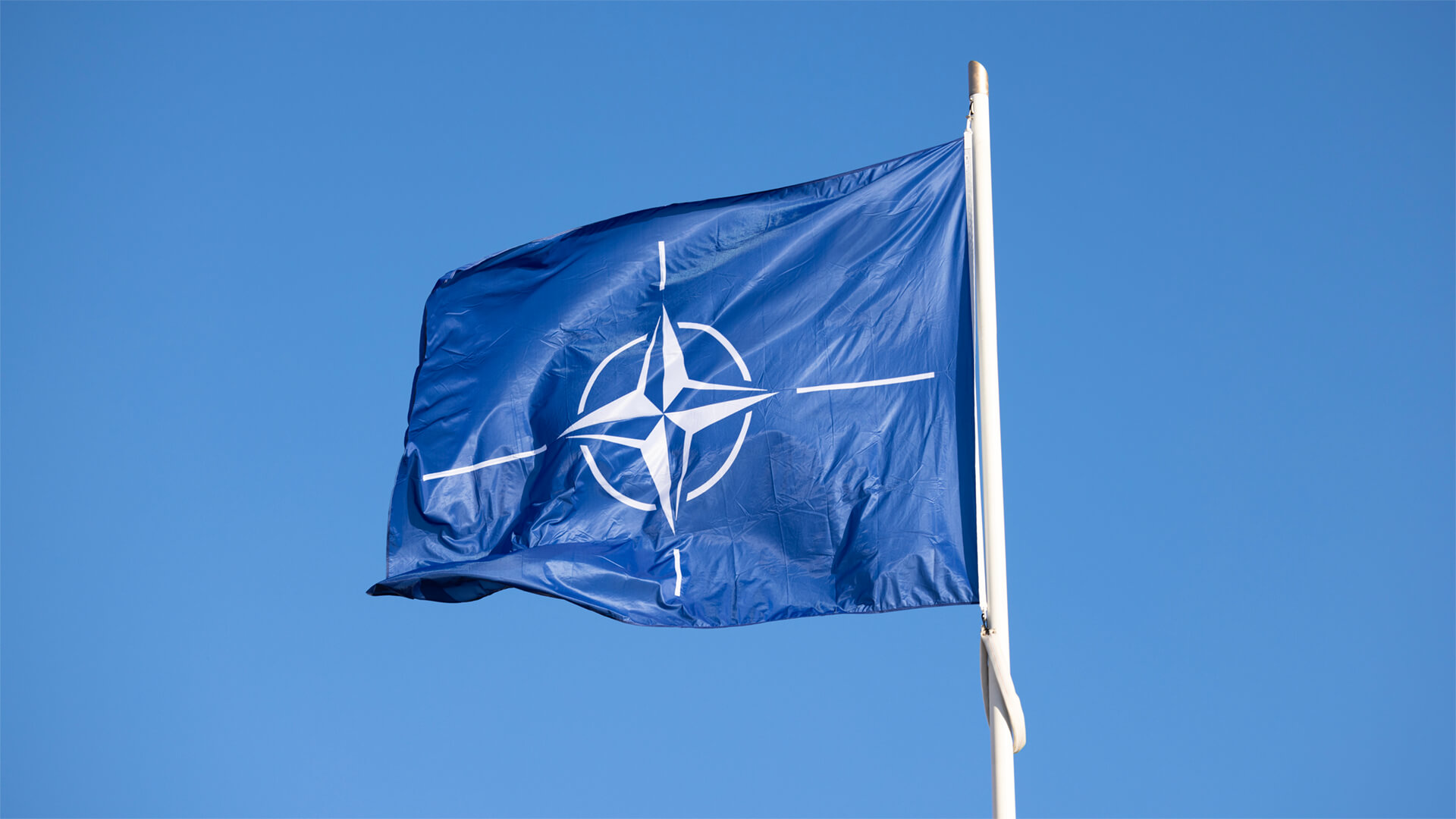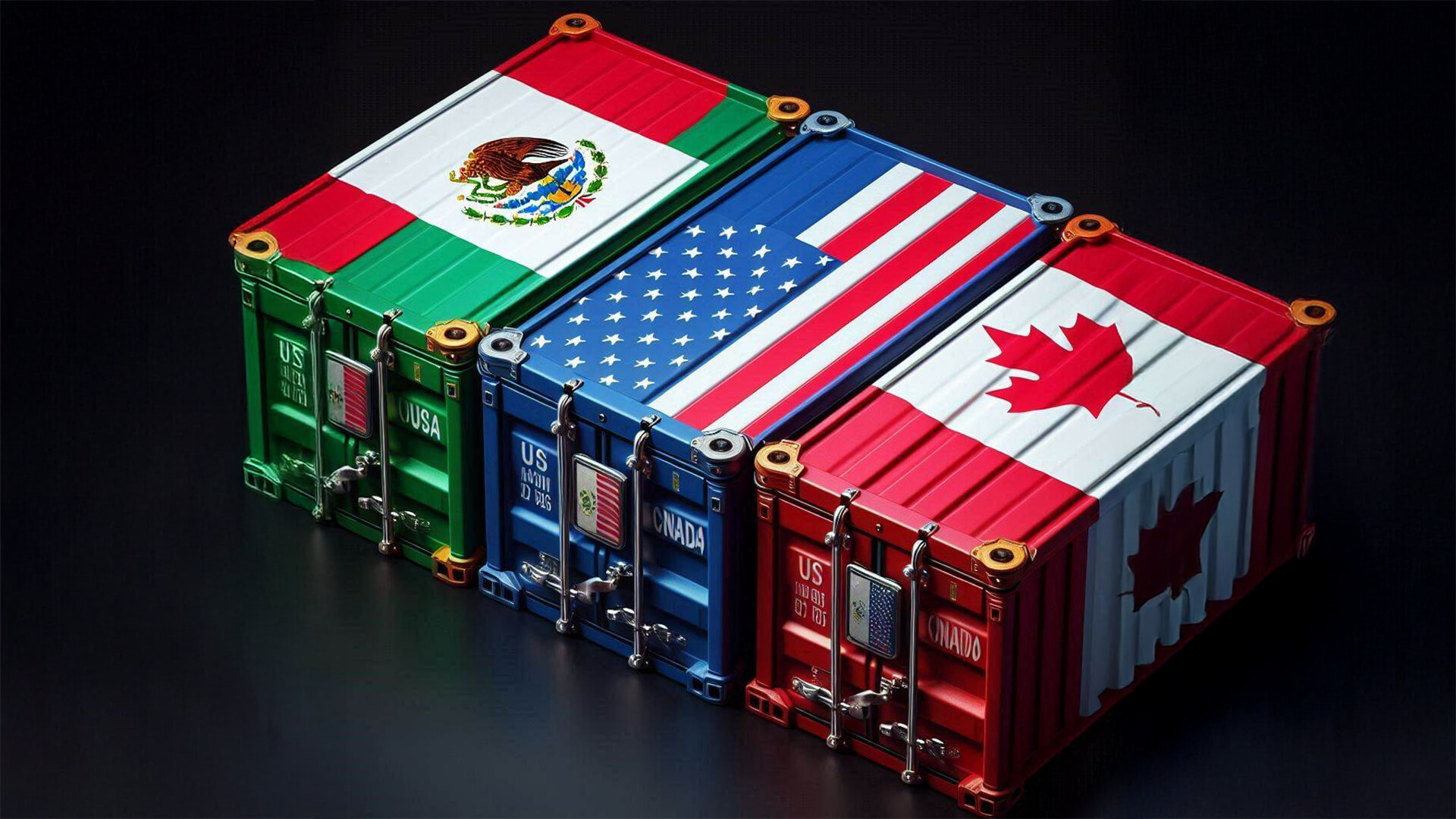Hey, all. Peter Zeihan here, coming to you from a bright and sunny Colorado today. Oh. This is going to be a big one. I have to warn you about the recession that’s just around the corner. Now, if you go back to my work from last year, I have been of the belief that we had no reason to fear recession at all.
U.S. consumer spending was strong. Industrial construction spending had been hitting records for almost two years straight. Technological productivity was starting to pick up again. Things looked pretty good. There was no big debt overhang except for in the federal government. And that’s not new. And in private sphere, credit card Defaults, mortgage and car loan defaults were well below historic norms.
They were simply off the record lows that we had in the aftermath of Covid. Things looked pretty good. But we’ve had a significant degradation in the environment in just the last several weeks, and it’s worth outlining to everyone on how we got to where we are, and especially what’s just around the corner. And if you were to sum it up in one word, it’s tariffs.
The Trump administration has had this on and off again tariff policy versus everyone, but particularly heavily concentrated here in North America targeting Mexico and Canada. We’ve had 71 specific tariff policies announced since Donald Trump became president. And the biggest one is a 25% tariff on Canadian Mexican exports, which has gone on and off and on and off and on and off.
Based on the diplomatic back and forth among Ottawa, Washington and Mexico City, what that’s done is it’s reduced the argument that investing in North America is a good idea, because if you’re going to have tariffs on American manufacturing, and that’s exactly what this is, because U.S. manufacturing is not like historical manufacturing. It’s an intermediate goods trade.
So for example, the intermediate goods trades just among Canada and the United States is about two thirds of $1 trillion. And that’s products going back and forth and back and forth and back and forth, having value added by whatever company happens to be best at that space. We got twice that sort of relationship with Mexico and if you slap a 25% tariff on that, it gets applied every time something crosses the border.
One of the fun facts of the world today is we have basically absorbed every Canadian province and every northern Mexican state into the American industrial behemoth. And by putting tariffs on it, we’re basically breaking up our own system, particularly in industries that have a lot of moving parts, like aerospace and automotive. Well, one of the tariffs that’s supposed to hit in the first week of April, specifically per second is an establishment of that 20% tariff.
Trump says he’s not going to offer any exemptions this time along. No more delays. We’ll see. Because he seems to think that 60 days is a enough time to unravel 40 years of supply chain of supply chain integration, which is, you know, amusing.
If this goes down as Trump says, it’s going to do, it’s going to mean an immediate recession in the manufacturing space in Washington, Missouri, Colorado, Kansas, Texas, Alabama, Tennessee, Kentucky, South Carolina, Wisconsin, Michigan, Indiana and Ohio. These are the states that are big into either aerospace, automotive, or more likely, both. And you’re basically looking at a shutdown in those sectors, because every single vehicle we produce in this system is going to go up in price between 4 and $6000.
And there is not a model of jet that Boeing is capable of producing. That with a 25% internal tariff can still produce more cheaply than what we can get from Europe’s Airbus. So we’re not necessarily looking at those industries being dead forever. But the adjustment period will require years. Okay. That’s only the first piece. The second piece is agricultural tariffs again kicking in the first week of April.
And if it goes according to plan, April 2nd again, it’s a 40% increase. Now. Right now the United States imports about, one sixth, one fifth based on who’s doing the numbers of the amount of food that we eat. Keep in mind that what we import is stuff that we cannot, cannot, cannot produce, whether it’s because of climatic issues or because of seasonal issues.
So, for example, it is March right now, blueberries can’t be produced in the United States right now. Those come from the southern hemisphere. Let’s say you want seafood unless it’s produced in the American waters, something like Pacific cod is simply produced too far away. We can’t substitute that coffee’s another good one aside from a little bit coming out of Hawaii.
And I love me some Kona. The other 99% of our coffee consumption comes from places that are basically tropical or semi tropical and uplifted with elevation. That’s where coffee is produced. And it’s like that for every single product category. There are very few places where there’s any meaningful competition between imported foods and local foods, because the local foods are going to be so much cheaper to produce, assuming we can produce them in the season in question.
So a 40% import tariff on agricultural products is hardly going to change at all what American agricultural producers produce. Because if they could produce those things in those seasons, they would already. So that just hits people’s pocketbooks directly.
And the bottom 20%, the bottom quintile of Americans by income, one third of their money is spent on food. So you’re talking about knocking somewhere between 10 and 20 million people below the poverty line. Just from that one thing. And the scary thing is these first to Canada, Mexico and AGG, these aren’t the big one. The big one is the third one, something called reciprocal tariffs.
Now on the surface reciprocal tariff sounds like it’s fair like it’s simple. If they put a 20% tariff on I don’t know steel tubing. We put a 20% tariff on their steel tubing. That ignores a couple of things. Number one, it puts your tariff policy completely at the mercy of their tariff policy. So you lose policy flexibility.
Number two, it ignores things that we import that we don’t export. Coffee is a great example. Why would we put a 50% tariff on coffee when we don’t even export any. And then third, it’s a problem from an administration point of view. Official I know it sounds kind of a bit of a snoozer, but it’s really a deal killer because right now we have dozens of tariff policies on different products, and Donald Trump has added 70 to those over the course of his term.
So far in this second round, there are tens of thousands of product categories. There are 200 countries that comes out to 2.3 million tariff policies, which would create a bureaucratic abomination from which the world would never recover. There’s a reason why we unilaterally abandoned this sort of tariff policy a century ago and never looked back. Now, Trump, in the last 72 hours, I’m recording this on the 21st of March.
He has come up with some modifications on that. So we don’t know what the final shape is going to be. And he’s suggesting now that it’ll be a single number per country with probable call carve outs for things like manufacturing or tech or agriculture or defense. So instead of 2.3 million, we only have a thousand policies. And that theoretically could be applied.
But keep in mind, all of these reciprocal tariffs are on top of everything else that he’s doing. And for a country that imports as much as the United States is, this is absolutely going to be a massive shock to the consumer. You basically have three types of economic activity government spending, which if Trump does what he says he wants to do, is going to be stall to shrink, although that’s not the impact so far.
Number two, industrial spending that’s been flatlined now for the last two months. And third is consumer spending, which is the biggest one of all these three things together are more than enough to cause a recession in the United States and something worse than a recession on a global scale. Now, I have spent my professional life warning people that globalization is coming, and when it does arrive, it’s going to be a shock for some countries more than others.
With the United States being of the countries that’s on the less side. And in the long term, a demographic industrial strength means that we will probably be just fine. But getting from here to there is going to be a bit of a rough ride. The Trump administration’s policies, when it comes to tariffs, are going to make this a much longer transition and a much harder ride than it would need to be otherwise, because I ultimately have my eye on the disintegration of China’s a unified nation state with all that industrial plant going away.
And we need to massively expand our industrial plant if we’re going to prepare for that world and just the Canadian Mexican tariffs before you consider the rest has basically put that process on hold and we’re losing time. And if these tariffs go down in the first week of April like it sounds like they’re going to, we’re going to lose a lot more.











